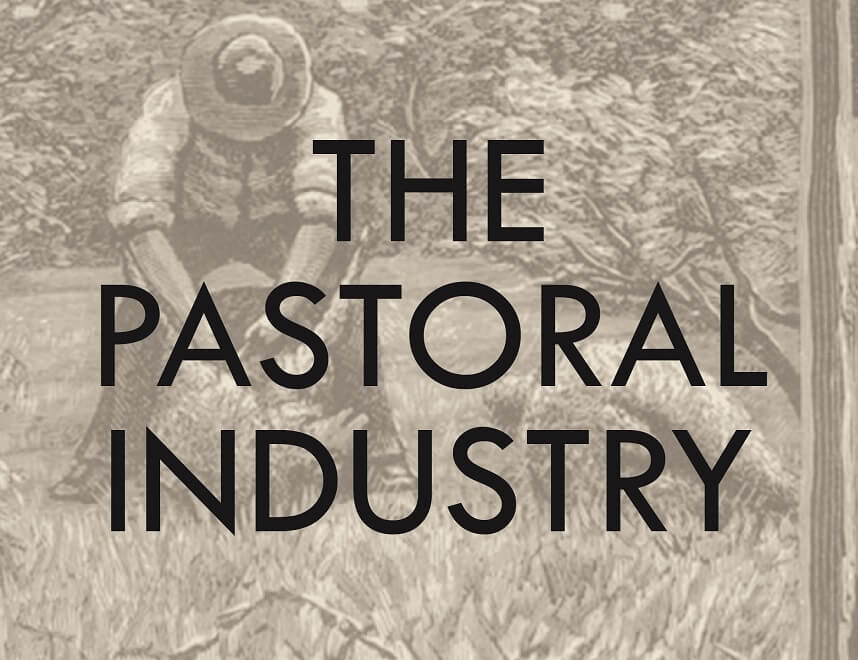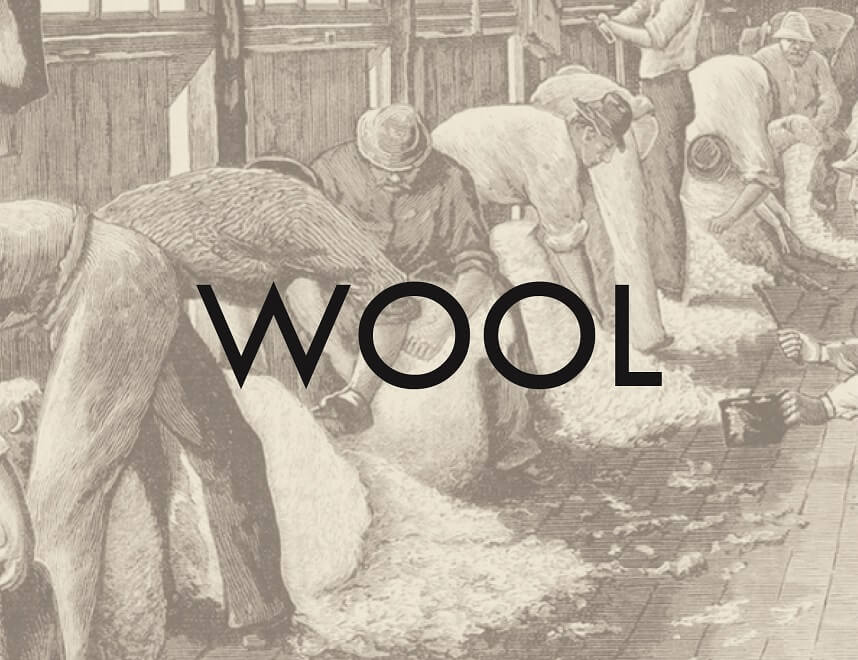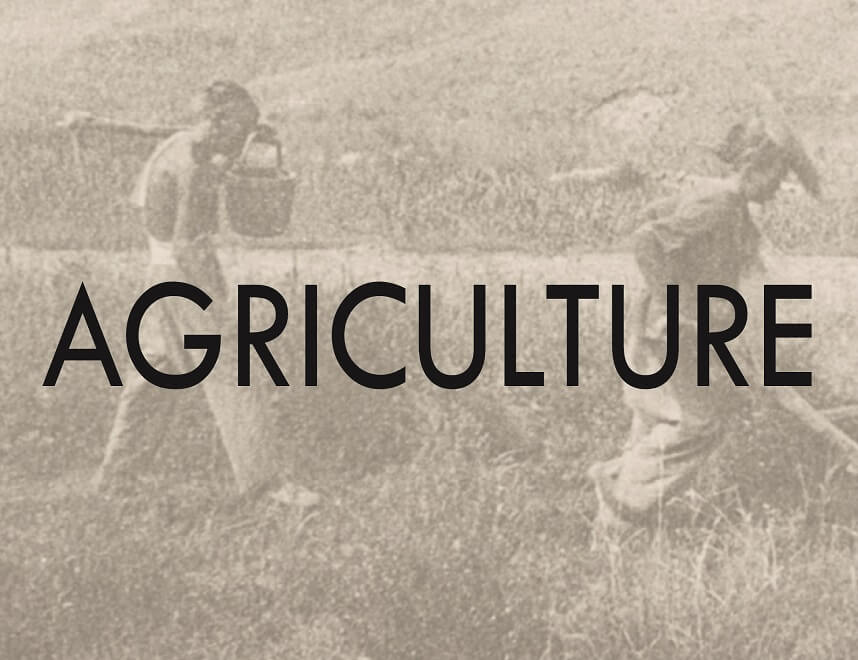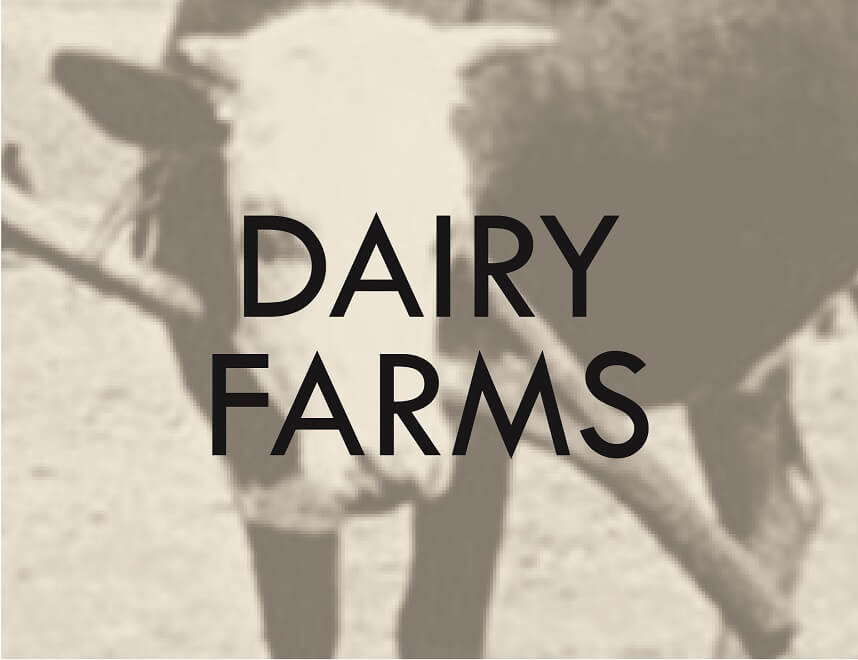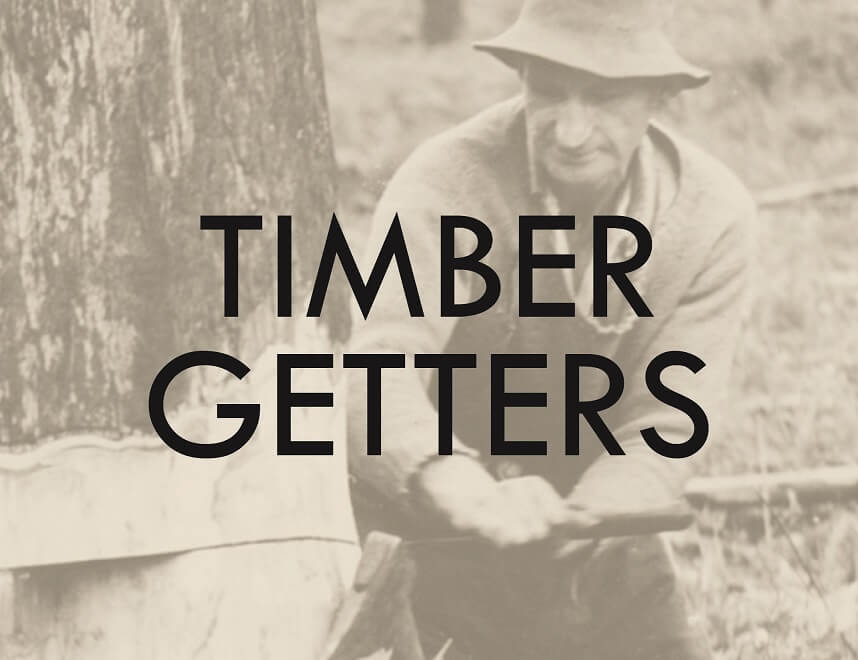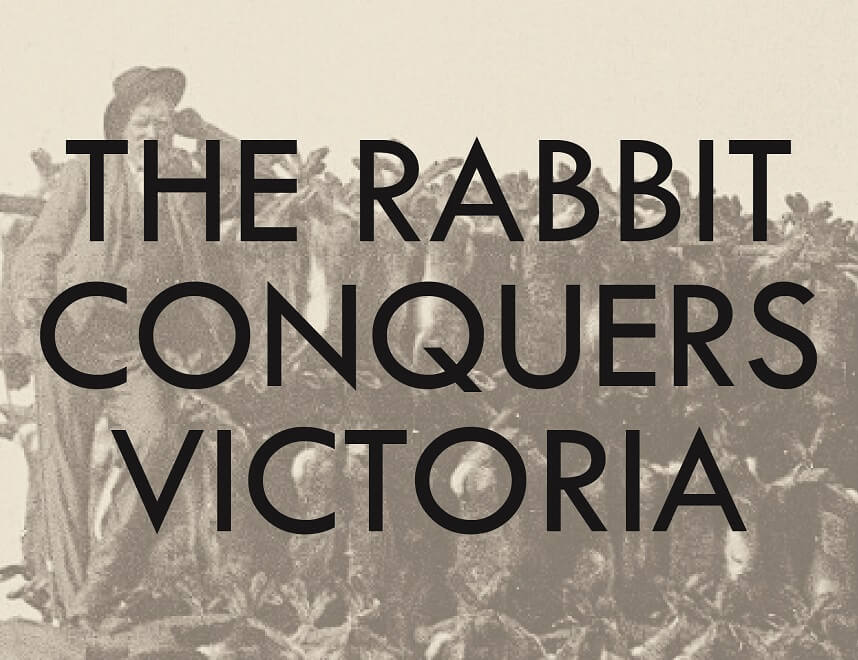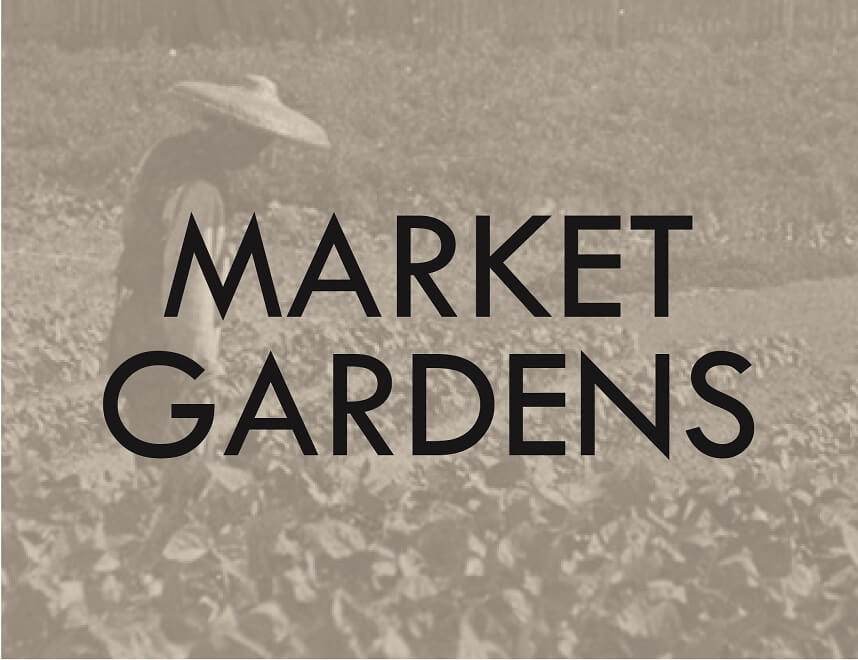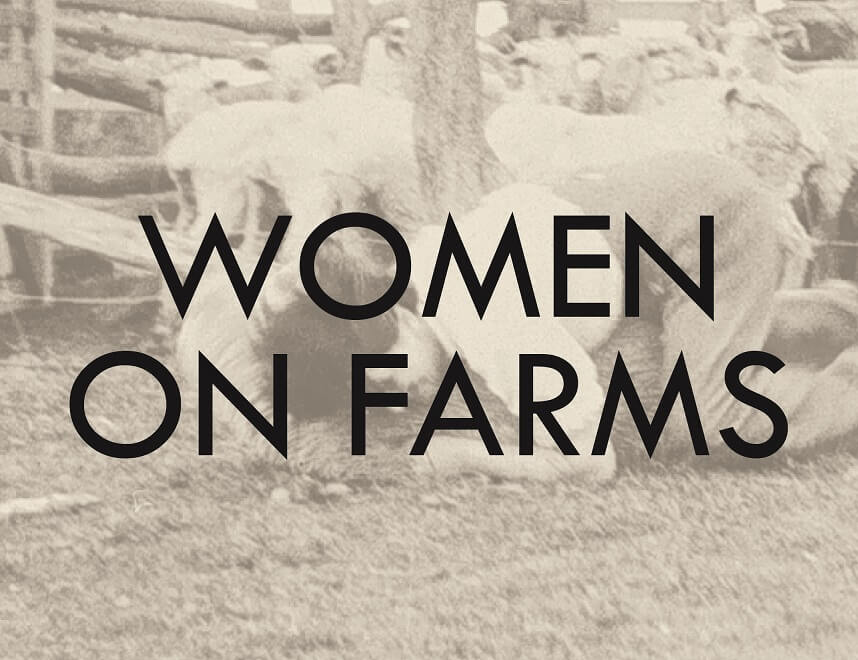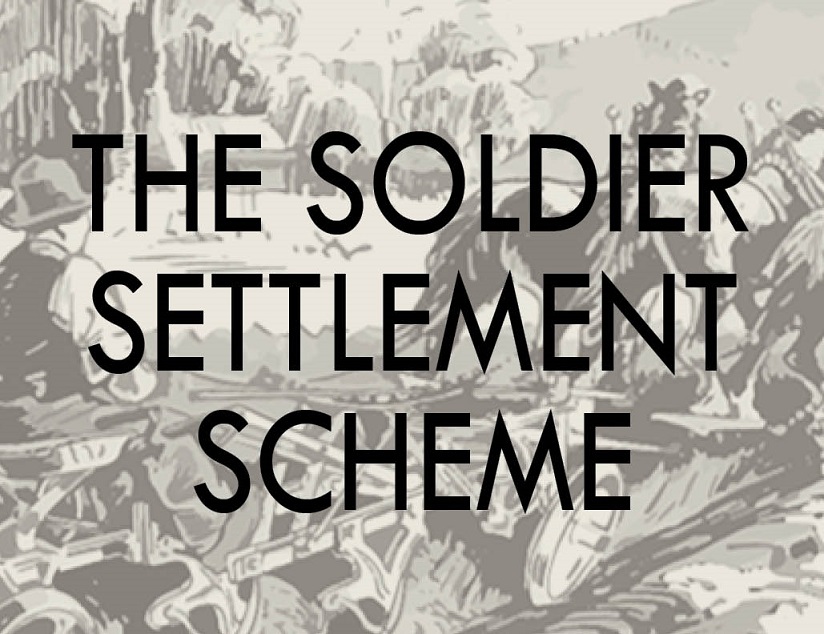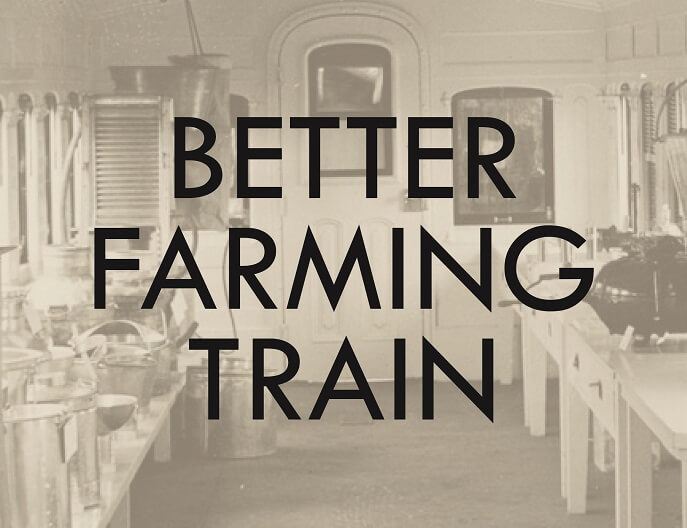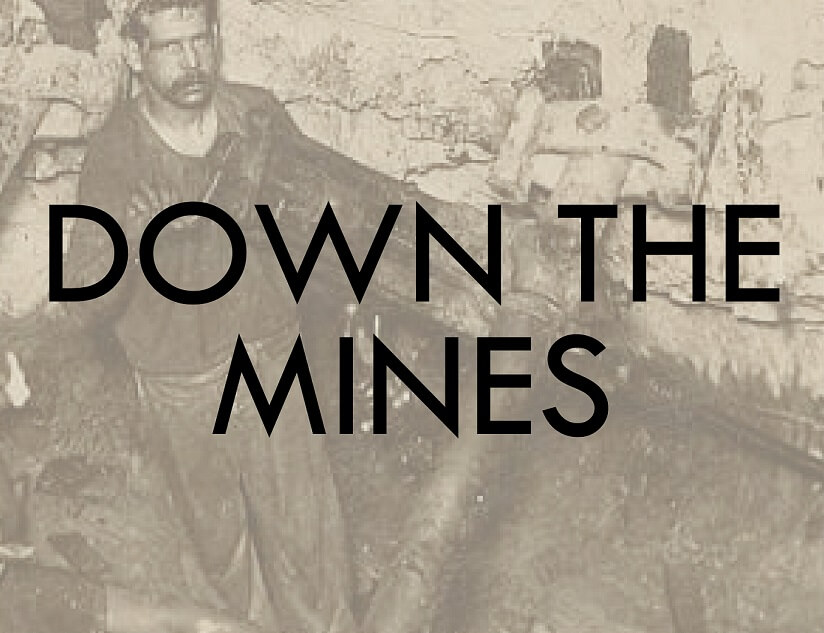Primary industry dominated Victoria’s economy for all of the nineteenth century. Pastoralism, agriculture, forestry, fishing and mining together employed more men than any other sector until 1921. Women and children worked on farms too, although they were often unpaid. Many jobs on the land were labour intensive and involved hard, physical work from daylight to dusk. Horsepower ruled supreme, creating a raft of extra jobs at the beginning and end of each day. The tractor did not entirely replace the horse until after World War II.
The coming of machines
Gradually machinery reduced the demand for labour on farms. One of the most famous inventions was the Sunshine Combine-Harvester, so called because it could harvest, thresh and winnow wheat in one mechanized process, replacing many men. Farm machinery steadily increased in size over the decades, helping to drive the consolidation of properties and hastening the decline of the family farm.
Progress
In the Factory
In the Office
In the Home
On the Water
In Print
-On the Land
On the Street
On the Tracks
On the Road
In the Shadows
Odd Jobs
Down the mines
Mining was the other major employer of rural labour. During the initial gold rushes of the 1850s many men worked for themselves on small claims. But as the alluvial gold ran out, miners had to dig deeper to find the gold embedded in deep quartz seams. Machinery and capital were required to reach these gold reefs and by the 1870s most miners worked for companies. Even so, the number employed in gold mining declined steadily after 1880. Coal mining eventually replaced gold as the main employer of miners. Mining was always a dangerous occupation. Accidents claimed many lives, but the greatest killer was disease, caused by inhalation of dust particles over long periods in poorly ventilated shafts. Safety standards improved only slowly.
The drift to the city
Although still an important source of employment, primary industry was shrinking from the early twentieth century. By the 1930s a clear drift to the city was evident and this intensified over succeeding decades as children born in the bush increasingly sought a future in the city.
Author: Margaret Anderson
Next Topic: On the Street
Further reading
Richard Broome, Charles Fahey, Andrea Gaynor & Katie Holmes Mallee Country: Land, People, History. Clayton, Monash University Publishing, 2019
Tony Dingle The Victorians: Settling. Sydney, Fairfax, Syme & Weldon, 1984
Charles Fahey ‘Moving North: Technological change, land holding and the development of agriculture in Northern Victoria, 1870-1914’, in Alan Mayne (ed.) Beyond the Black Stump: Histories of Outback Australia. Adelaide, Wakefield Press, 2008, pp. 179-211.
Charles Fahey ‘The free-selector’s landscape: moulding the Victorian farming districts, 1870-1915’, Studies in the History of Gardens and Designed Landscapes, Vol. 31, No. 2, June 2011, pp. 97-108.
Bill Gammage The Biggest Estate on Earth: How Aborigines made Australia. Sydney, Allen & Unwin, 2012.
Don Garden Victoria: A History. Melbourne, Thomas Nelson, 1984
Patricia Grimshaw, Marilyn Lake, Ann McGrath & Marian Quartly Creating a Nation: 1788-1990. Ringwood, Penguin, 1994.
Katie Holmes & Kylie Mirmohanadi, ‘All aboard for modernity: the better farming train’, Agricultural History, Vol. 91, No. 2, 2017, pp. 215-238.
Bruce Scates & Melanie Oppenheimer The Last Battle of the Great War: Soldier settlement in Australia 1916-1939. Port Melbourne, Cambridge University Press, 2016.


